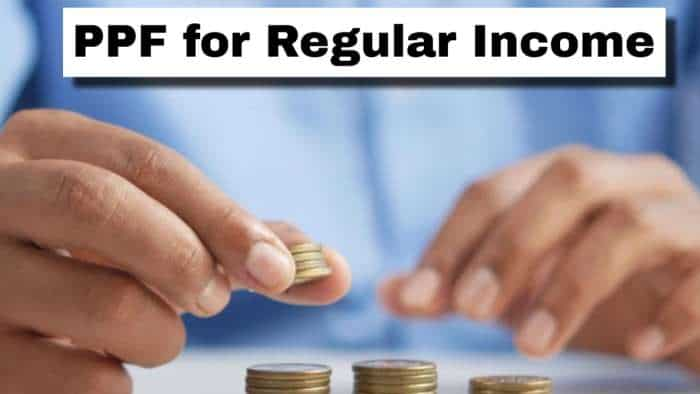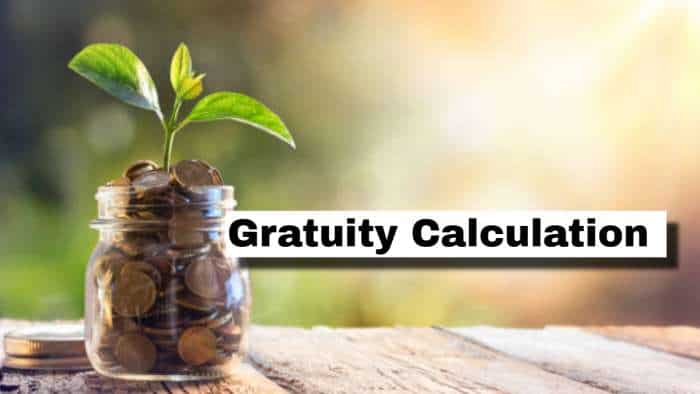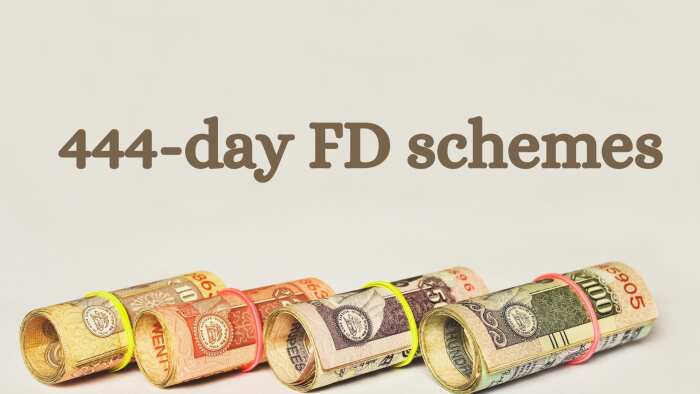Budget Explained: A quick guide to various key parts of Budget
The government presents two key fiscal policy statements to Parliament, as mandated by the Fiscal Responsibility and Budget Management (FRBM) Act, 2003.
)
Finance Minister Nirmala Sitharaman will present the Union Budget for 2025-26 on February 1, 2025. A Union Budget contains several important items such as the annual financial statement (AFS), the Finance Bill, the expenditure profile, and the receipt budget. Here's a lowdown on various important parts of the Union Budget:
Annual Financial Statement (AFS)
The Budget consists of the Annual Financial Statement (AFS) which shows the government's estimated income and expenses for 2024-25, along with previous year's estimates and actuals. It is divided into three parts:
- Consolidated Fund of India
- Contingency Fund of India
- Public Account of India
The budget distinguishes between revenue expenditure and other expenditures, as mandated by the Constitution. The Revenue and Capital sections together form the Budget. In budget key components are estimated receipts & expenditure, refunds and recoveries, consolidated fund, contingency fund, and public account
Demands for Grants: A breakdown
Demands for Grants are documents that outline the estimated expenses of various government ministries and departments. These documents are presented with the Annual Financial Statement.
Here are key components of it:
Demands for Grants distinguish between voted expenditure, which requires parliamentary approval, and charged expenditure, which is automatically approved. It also separates revenue expenditure (day-to-day expenses) from capital expenditure (long-term investments). Each Demand for Grant shows the gross total expenditure, followed by the estimated recoveries, and finally the net amount of expenditure
Presentation and approval
Typically, one Demand for Grant is presented for each ministry or department
If a service's expenditure is entirely charged, a separate Appropriation is presented, which doesn't require voting
Demands for Grants are voted on by the Lok Sabha, and once approved, they become part of the Union Budget
Finance Bill: Major component of Budget
When the Annual Financial Statement is presented to Parliament, a Finance Bill is also introduced. This Bill outlines proposed changes to taxes, including:
- Imposition of new taxes
- Abolition of existing taxes
- Remission or alteration of tax rates
- Regulation of taxes
The Finance Bill also includes other provisions related to the Budget that are classified as a Money Bill, as defined in Article 110 of the Constitution.
Fiscal Policy Statements: Guide to India's economic framework
The government presents two key fiscal policy statements to Parliament, as mandated by the Fiscal Responsibility and Budget Management (FRBM) Act, 2003:
1. Macro-Economic Framework Statement: It assesses the economy's growth prospects, GDP growth rate, fiscal balance, and external sector stability.
2. Medium-Term Fiscal Policy Statement: It outlines three-year rolling targets for fiscal indicators, such as:
- Fiscal Deficit
- Revenue Deficit
- Primary Deficit
- Tax Revenue
- Non-tax Revenue
- Central Government Debt
Expenditure Budget
The Expenditure Budget is a comprehensive document that provides a detailed breakdown of the government's expenditure plans. It helps to facilitate a better understanding of the budget by:
Showing expenditure on a net basis, separately for Revenue and Capital
Bringing together estimates for schemes and programs from various Major Heads in the Revenue and Capital sections
Classifying expenditure under two broad categories: Centre's Expenditure and Transfers to States/Union Territories
Receipt Budget: Analysis of government revenue
The Receipt Budget provides a detailed breakdown of the government's revenue receipts, including tax revenue (direct and indirect taxes), non-tax revenue, and capital receipts. Apart from this it also consists of various things as follows:
- Analysis of arrears in tax and non-tax revenues
- Trend analysis of receipts and expenditure
- Deficit indicators
- Details of National Small Savings Fund (NSSF)
- Statement of Liabilities
- Statement of Guarantees given by the government
- Statement of Assets
- External Assistance details
Moreover, the Receipt Budget includes a statement on the revenue impact of tax incentives under the Central Tax System, providing transparency on tax exemptions and their revenue implications.
Expenditure Profile
Expenditure Profile, previously known as Expenditure Budget - Vol-I, provides a view of various types of expenditure across different demands. It's been revamped to align with the Plan-Non Plan merger decision.
The document offers several key features, including aggregation of expenditure, netting of expenditure, statements on variations, and additional statements. It also covers scheme expenditure, commercial departments, defence expenditure, and grants to non-government bodies. Additionally, the document features statements on:
- Resources of Public Enterprises
- Extra Budgetary Resources
- Extra-Budgetary Resources of Commercial Undertakings
Budget at a Glance: A concise overview
The Budget at a Glance document provides a brief summary of the government's receipts and disbursements, including tax revenues and other receipts, resources transferred to State and Union Territory, revenue deficit, primary deficit, and fiscal deficit of the Central government. The document also includes:
A statement showing the quantum and nature of resources transferred to States and Union Territory Governments
Details of transfers, including share of taxes, grants-in-aid, and loans, which can be found in the Expenditure Profile.
Memorandum Explaining Provisions in Finance Bill
This document explains the taxation proposals in the Finance Bill, making it easier to understand the implications of these provisions.
Output Outcome Monitoring Framework
This framework outlines the expected outputs and outcomes of Central Sector Schemes and Centrally Sponsored Schemes. It includes measurable indicators and targets for FY 2024-25. Schemes with an outlay of over Rs 500 crore are presented in the House, while those with a lower outlay are prepared by the respective Ministry/Department.
Key Features of Budget 2024-25
This document provides a snapshot of the government's economic vision, major policy initiatives, and key budget proposals for FY 2024-25. It also highlights major milestones achieved in fiscal consolidation and management of government finances.
Get Latest Business News, Stock Market Updates and Videos; Check your tax outgo through Income Tax Calculator and save money through our Personal Finance coverage. Check Business Breaking News Live on Zee Business Twitter and Facebook. Subscribe on YouTube.
RECOMMENDED STORIES
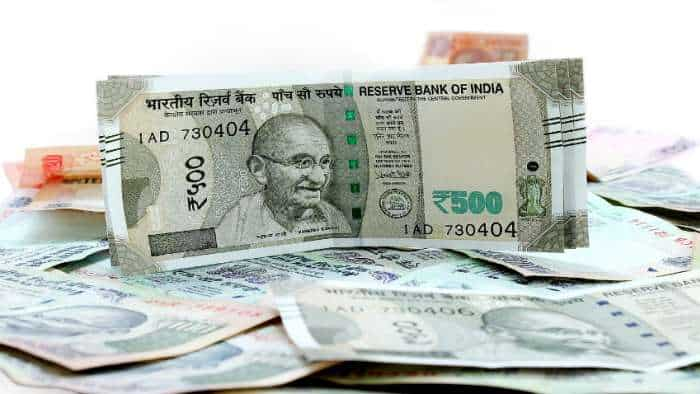
Top 7 Mutual Funds With Highest Returns in 3 Years: Rs 100,000 one-time investment in No. 1 scheme has swelled to Rs 2,13,588

8th Pay Commission: Can basic salary limit cross Rs 6.40 lakh mark in new pay commission? Know why it may be possible
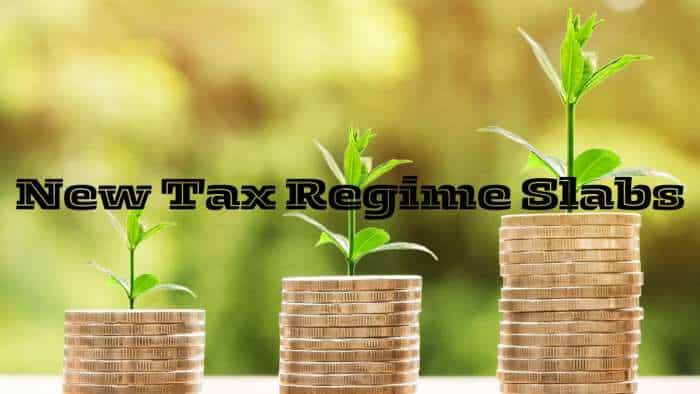
Revised New Tax Regime Slabs: Is your annual income Rs 12,90,000? Will you be taxed on Rs 15,000, or Rs 12,9000? Know here
07:23 PM IST






